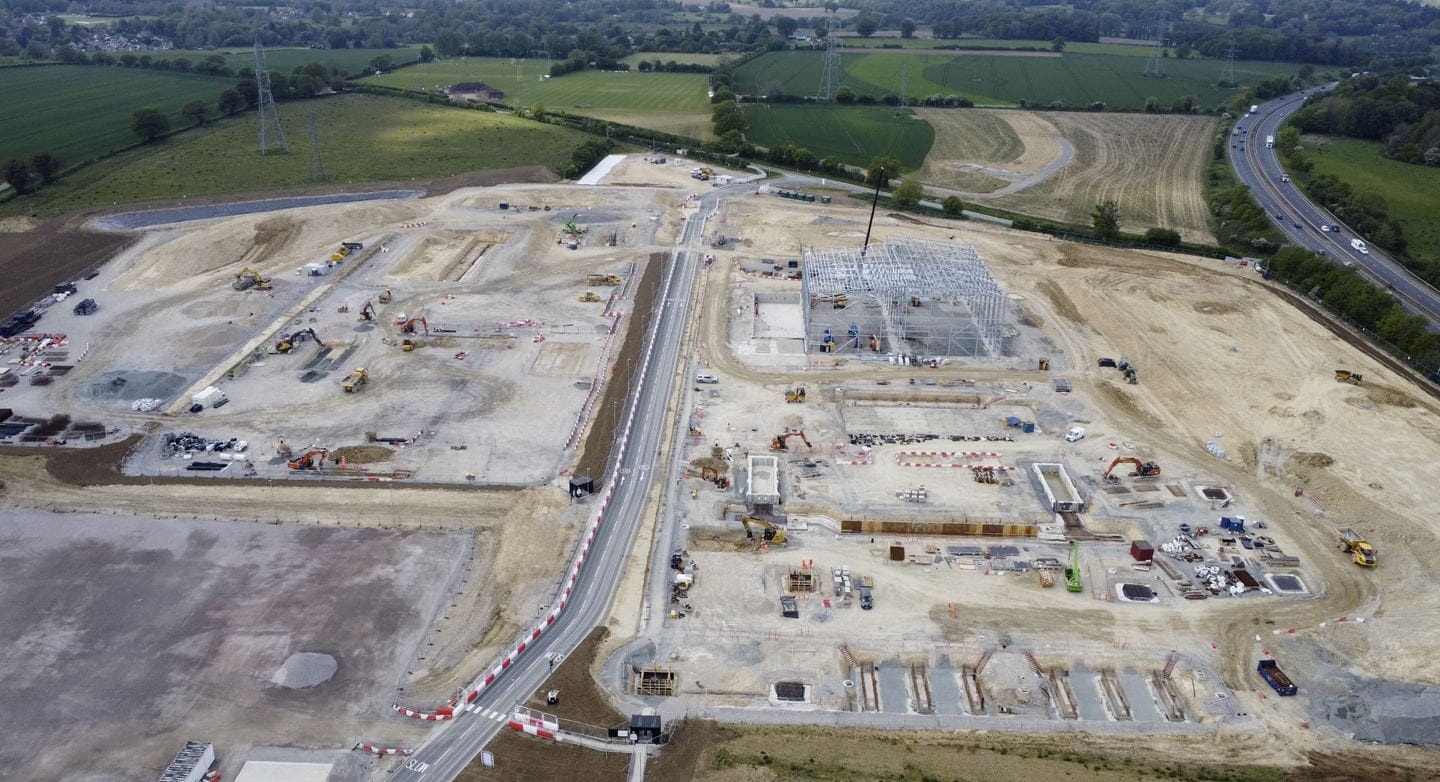
The Hornsea 3 offshore wind farm is an immense infrastructure project. The onshore and offshore construction process can sometimes be described in dense, technical language.
This guide is meant to help explain some of the specialised terms used to describe the engineering and construction of offshore wind farms.
-
Advance work notices
-
Battery energy storage system
-
Drainage
-
Ducting
-
Energy balancing infrastructure
-
Export cables
-
Haul roads
-
Horizontal directional drilling
-
Jack-up installation vessel
-
Onshore converter station
-
Reinstatement






